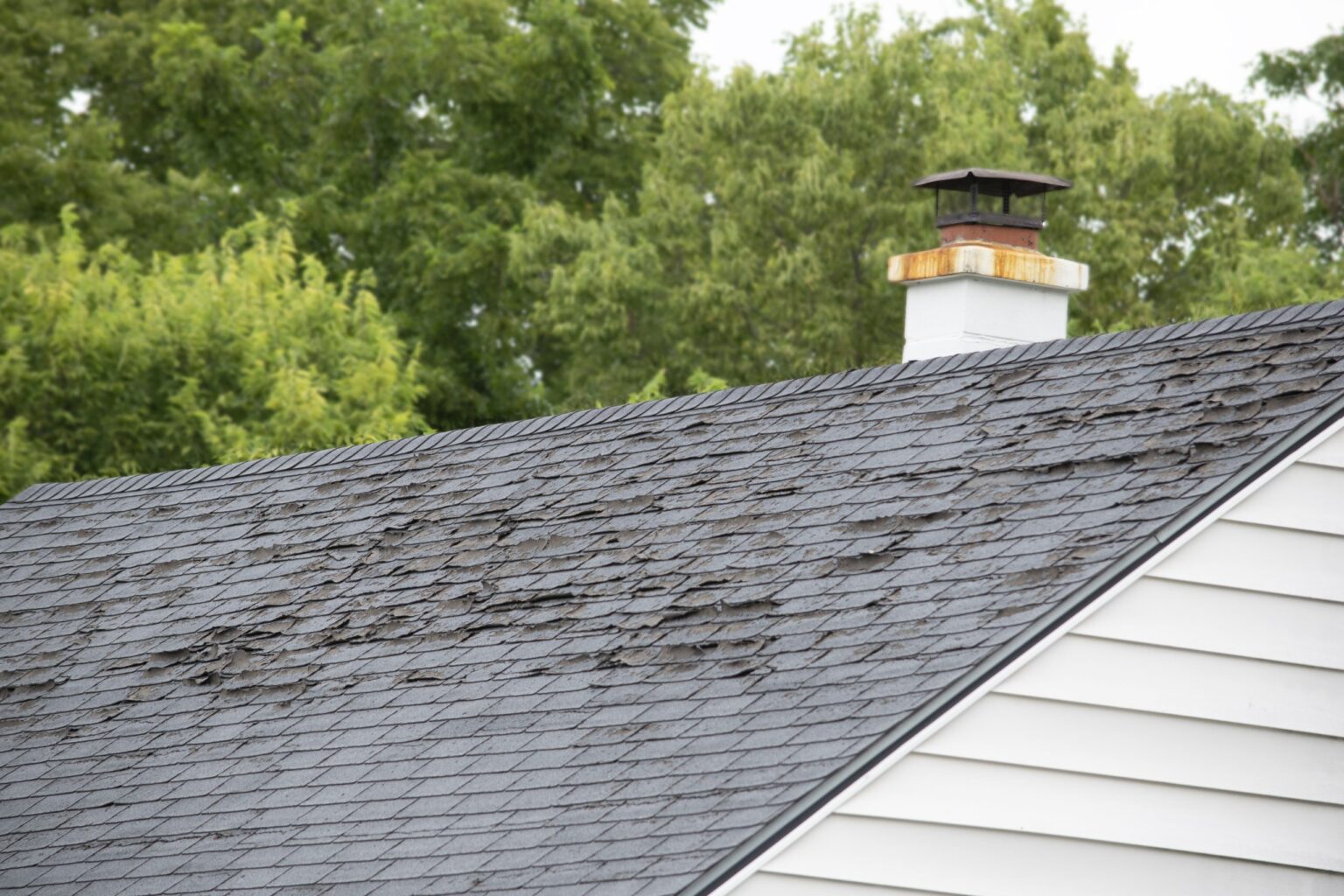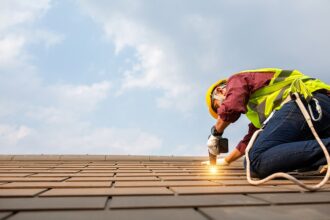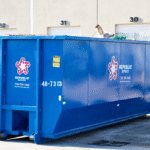When we think about air quality, we often picture outdoor pollution or dusty vents—but the condition of your roof can quietly influence the air inside your home more than you might realize. A compromised roof doesn’t just lead to leaks or insulation issues—it can invite moisture, mold, and airborne irritants that affect your family’s health.
Because roof systems work in tandem with ventilation, insulation, and moisture control, they play a crucial role in maintaining safe, breathable indoor environments. So if you’ve noticed strange smells, worsening allergies, or humidity fluctuations, it might be time to look up—literally.
Here’s how your roof could be impacting your home’s indoor air quality—and what you can do to fix it.
1. Musty Odors and Hidden Moisture
What it means:
Musty smells often indicate excess moisture in your attic or ceiling cavity. This is commonly caused by small leaks or condensation from poor roof ventilation.
How it happens:
- Water enters through compromised flashing or worn shingles
- Inadequate attic ventilation traps warm, humid air
- Moisture builds up in insulation or wood framing, creating a stale, damp smell
What to do:
Call a Malden roofing company for an attic inspection and moisture scan. Depending on the extent, the solution may involve roof repair, adding ventilation vents, or replacing water-damaged underlayment. A well-ventilated roof allows air to circulate and moisture to escape before it becomes a breeding ground for mold.
2. Increased Allergy or Respiratory Symptoms
What it means:
If someone in your home is experiencing worsening allergy symptoms—like sneezing, coughing, or eye irritation—your roof could be the source of invisible mold spores or dust migration.
How it happens:
- Roof leaks soak insulation, fostering mold growth
- Attic mold releases spores that infiltrate HVAC ducts
- Unsealed roof gaps let in pollen, dust, or outdoor irritants
What to do:
Have a professional inspect your attic and roofing system for signs of water intrusion or insulation breakdown. In severe cases, mold remediation may be necessary, followed by roof repair to stop future moisture. Don’t forget to replace or clean HVAC filters to remove any existing contaminants already circulating in the air.
3. Uneven Temperatures and Humidity Spikes
What it means:
If certain rooms are unusually warm or humid, especially on upper floors, your roof may be contributing to poor airflow or heat retention.
How it happens:
- Worn shingles or missing insulation reduce thermal regulation
- Blocked soffits or exhaust vents trap warm air
- Heat rises and remains trapped in improperly ventilated attic spaces
What to do:
Schedule an attic and roof ventilation audit. Many roofing companies, like D&G Exteriors, offer evaluations to measure airflow and check for blocked or insufficient venting. Addressing roof insulation and airflow not only improves comfort—it helps regulate humidity, which reduces the chance of mold or condensation forming in living spaces.
4. Water Stains on Ceilings or Walls
What it means:
Visible water stains don’t just affect aesthetics—they’re warning signs that moisture has made its way past your roof’s protective layers and is beginning to impact the building envelope.
How it happens:
- Minor leaks during heavy rain or snowmelt
- Improper roof replacement or poor flashing installation
- Ice dams in winter pushing water under shingles
What to do:
Inspect the affected area from the attic to trace the source. Roof repair may involve patching compromised zones, resealing flashing, or replacing damaged shingles. Afterward, ensure affected drywall or ceiling tiles are replaced to prevent hidden mold growth behind surfaces.
5. Trapped Air from Additions or Deck Roof Extensions
What it means:
Homes with roof extensions—like covered decks or patio roofs—sometimes experience stagnant airflow or trapped humidity if ventilation systems weren’t integrated properly.
How it happens:
- Improper tie-ins between the main roof and addition block airflow
- Covered outdoor areas alter how air circulates through eaves or gables
- Condensation collects in enclosed outdoor spaces and creeps inward
What to do:
Coordinate between your deck builder and roofing contractor to ensure airflow remains uninterrupted. Structures like pergolas, patio covers, or screened porches must be designed with roofing systems in mind to avoid moisture buildup at connection points. Retrofitting vents or soffit extensions may be required to rebalance the system.
6. Dust Accumulation in the Attic or Upper Rooms
What it means:
Excessive dust settling in your attic or upper rooms may be more than just a housekeeping issue—it can signal that your roof or attic barriers are letting in debris from the outside.
How it happens:
- Gaps in ridge vents or flashing let in wind-blown dust
- Worn insulation or vapor barriers fail to block particulates
- Older roofs lack modern sealing materials that prevent outside air infiltration
What to do:
Have your attic’s insulation and roof venting reviewed. Replacing aged vent covers or adding filters can reduce dust entry. If the issue stems from age or deterioration, a full roof replacement may be a smarter long-term solution—especially if efficiency and comfort have already declined.
Final Thought: The Roof–Air Quality Connection Is Real
Your roof isn’t just overhead protection—it’s a major component in your home’s air quality ecosystem. From blocking moisture to regulating airflow, it plays a vital role in keeping your indoor environment healthy, safe, and comfortable.
Ignoring early signs of roof deterioration can affect more than your home’s structure—it can impact how you breathe, sleep, and live each day.
Professionals like D&G Exteriors can assess how well your roof supports not just your home’s appearance, but your wellness too. Whether it’s time for simple roof repair, improved ventilation, or a full roof replacement, making the right call today can help you breathe easier tomorrow.

















